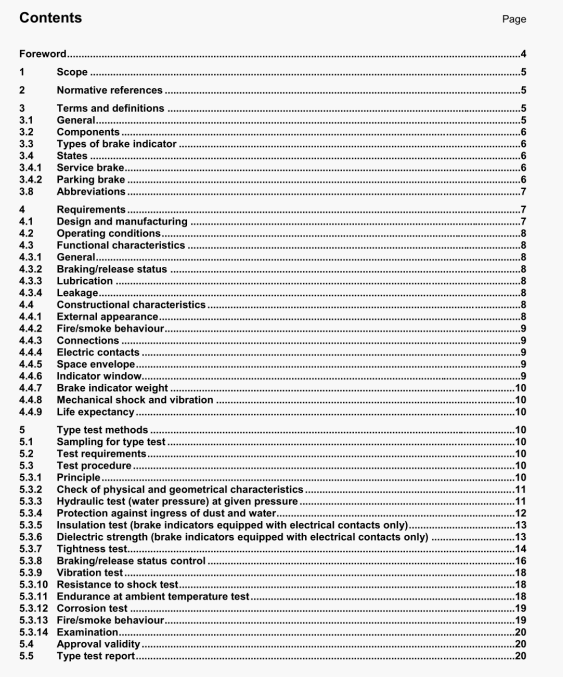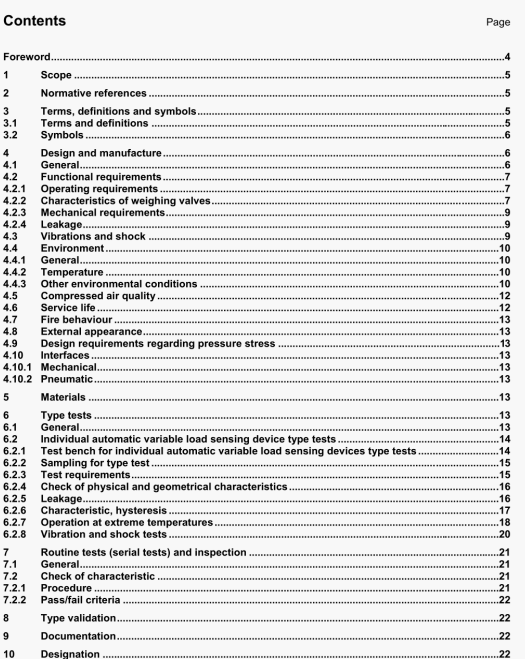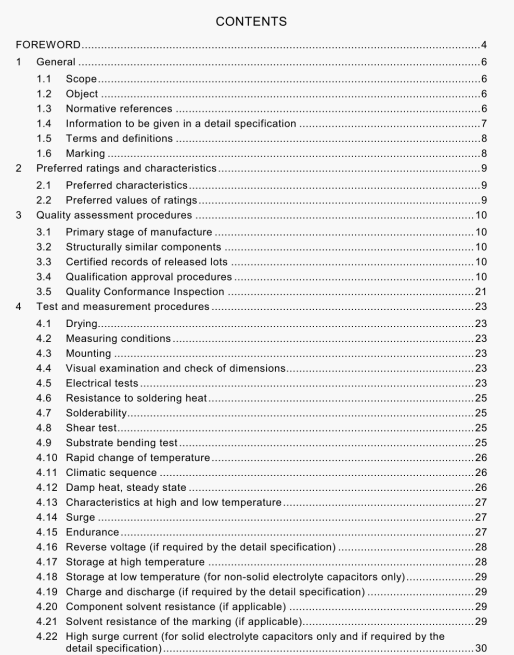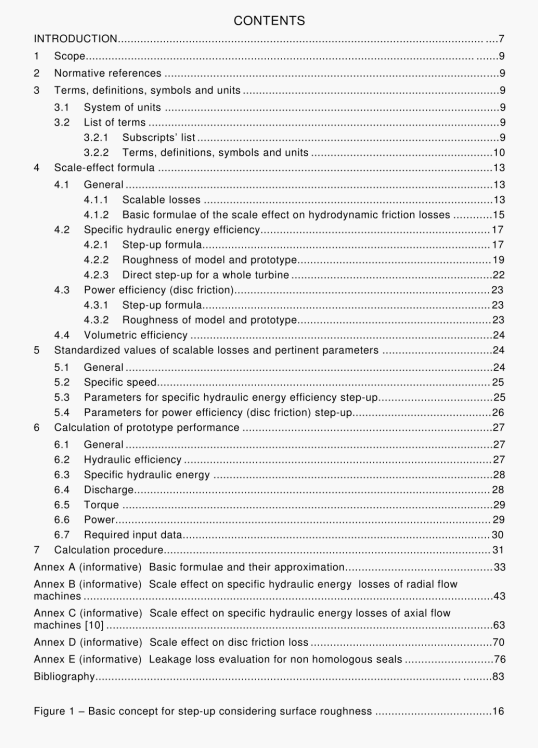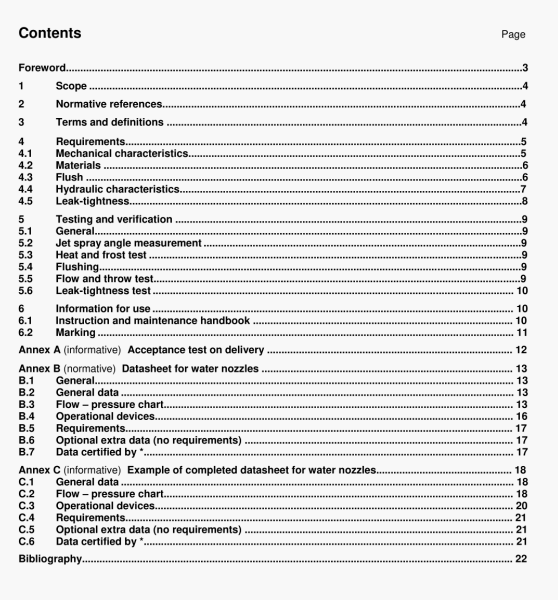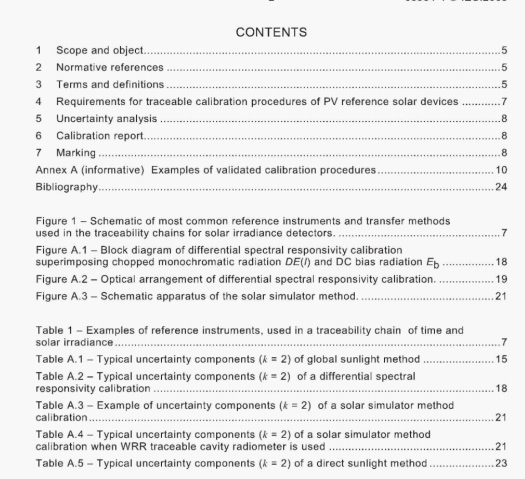BS EN ISO 4946:2016 pdf download.Steel and cast iron— Determination of copper—2,2"-Biquinoline spectrophotometric method.
7.4 Establishment of the calibration graph
7.4.1 Preparation of the calibration solutions
Into each of a series of 100 ml beakers, add 0,5 g ± 0,01 g of high purity iron (4.1) and 10 ml ofhydrochloric acid (4.2).Cover with a watch-glass and heat gently until dissolved, then oxidize by addingnitric acid(4.3) drop by drop.Add the following volumes of the standard copper solution (4.10) to thebeakers, respectively: 0 ml, 2 ml, 5 ml,10 ml, 20 ml, 30 ml,40 ml and 50 ml.
Add 10 ml of perchloric acid (4.4) and evaporate to fumes.Continue fuming for 3 min.
Cool, dissolve the salts with 20 ml of water; transfer the solutions quantitatively to 100 ml one-markvolumetric flasks, dilute to the mark with water and mix.
From each volumetric flask, take 10,0 ml of the solution and transfer respectively into a series of 50 mlone-mark volumetric flasks. The zero term represents the compensating solution.
For the colour development, proceed as directed in 7.3.2, beginning at "Add, in the following order..".The copper concentrations in the 50 ml calibration solutions are respectively 0 ug,0,2 ug,0,5 ug, 1 ug.2 ug, 3 uig,4 ug and 5 ug of copper per millilitre.
7.4.2 Spectrophotometric measurement
Carry out the spectrophotometric measurement of absorbance of each calibration solution(7.4.1) ata wavelength of about 545 nm, in a cell of 2 cm optical path length, using the zero term calibrationsolution as the compensating solution as described in 7.3.4.
7.4.3 Calibration graph
Establish the calibration graph by plotting the net absorbance values against the copper concentrations,expressed in micrograms per millilitre, in the calibration solutions.
